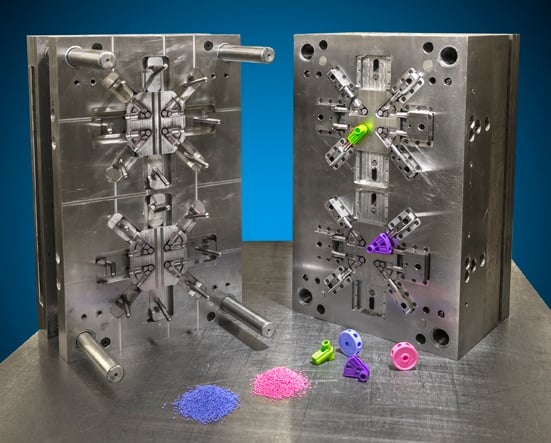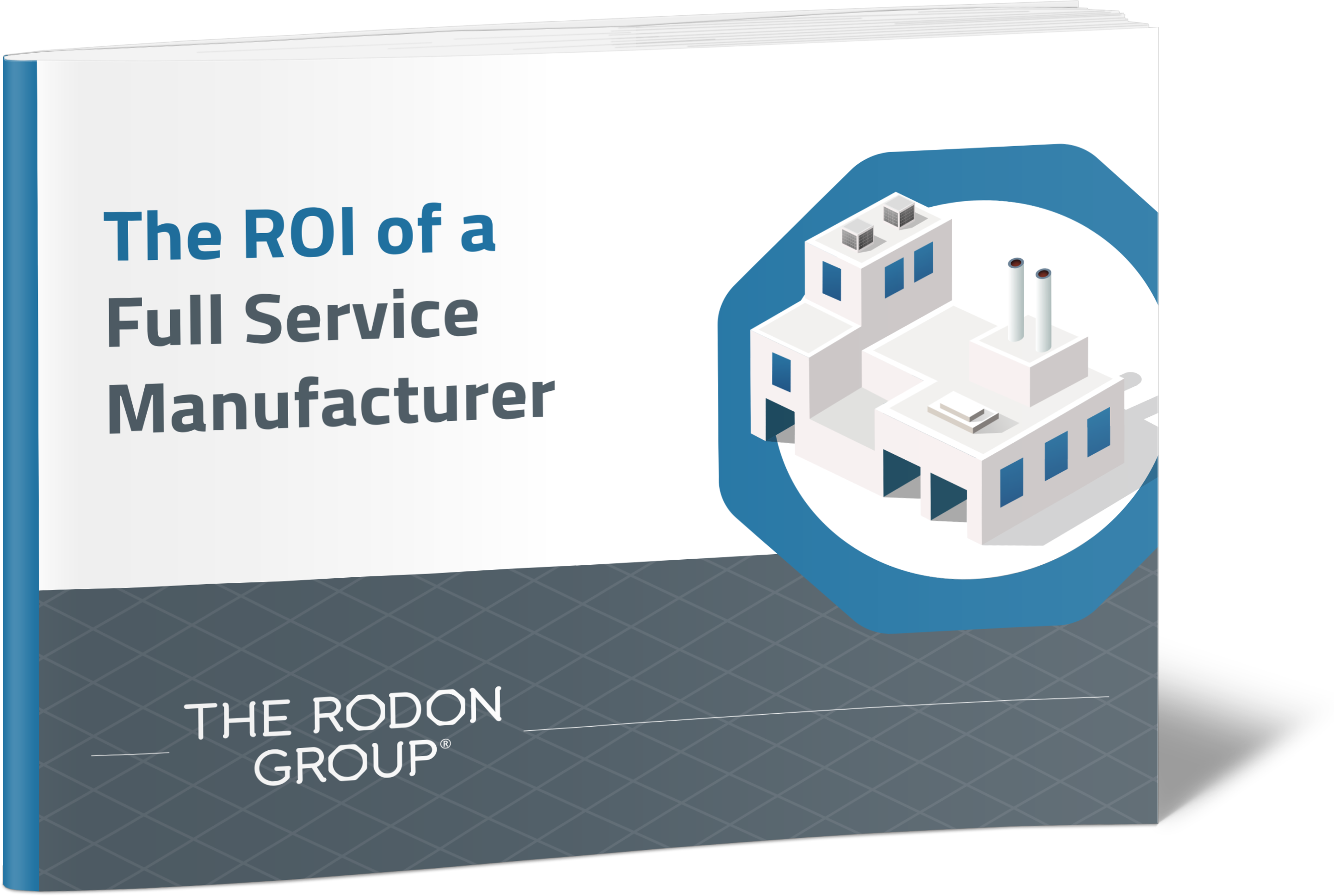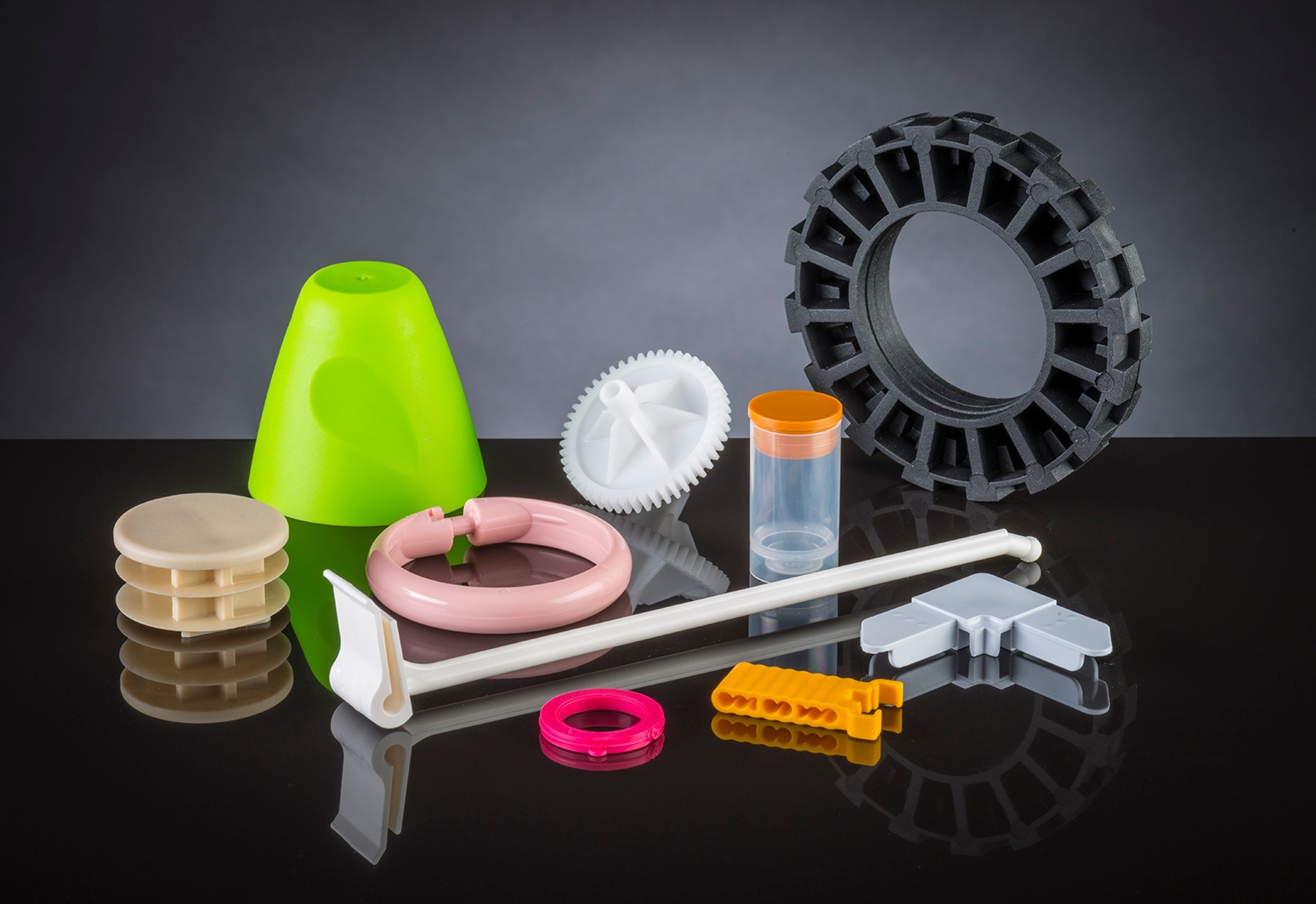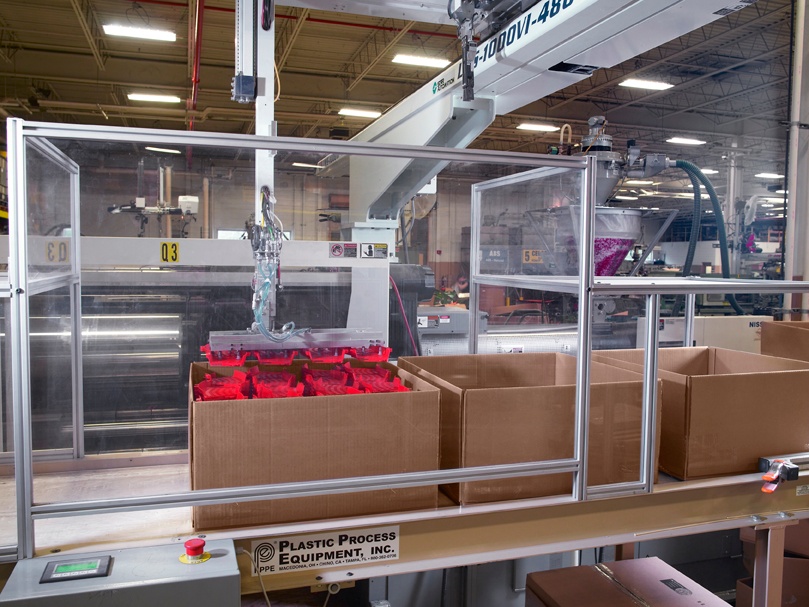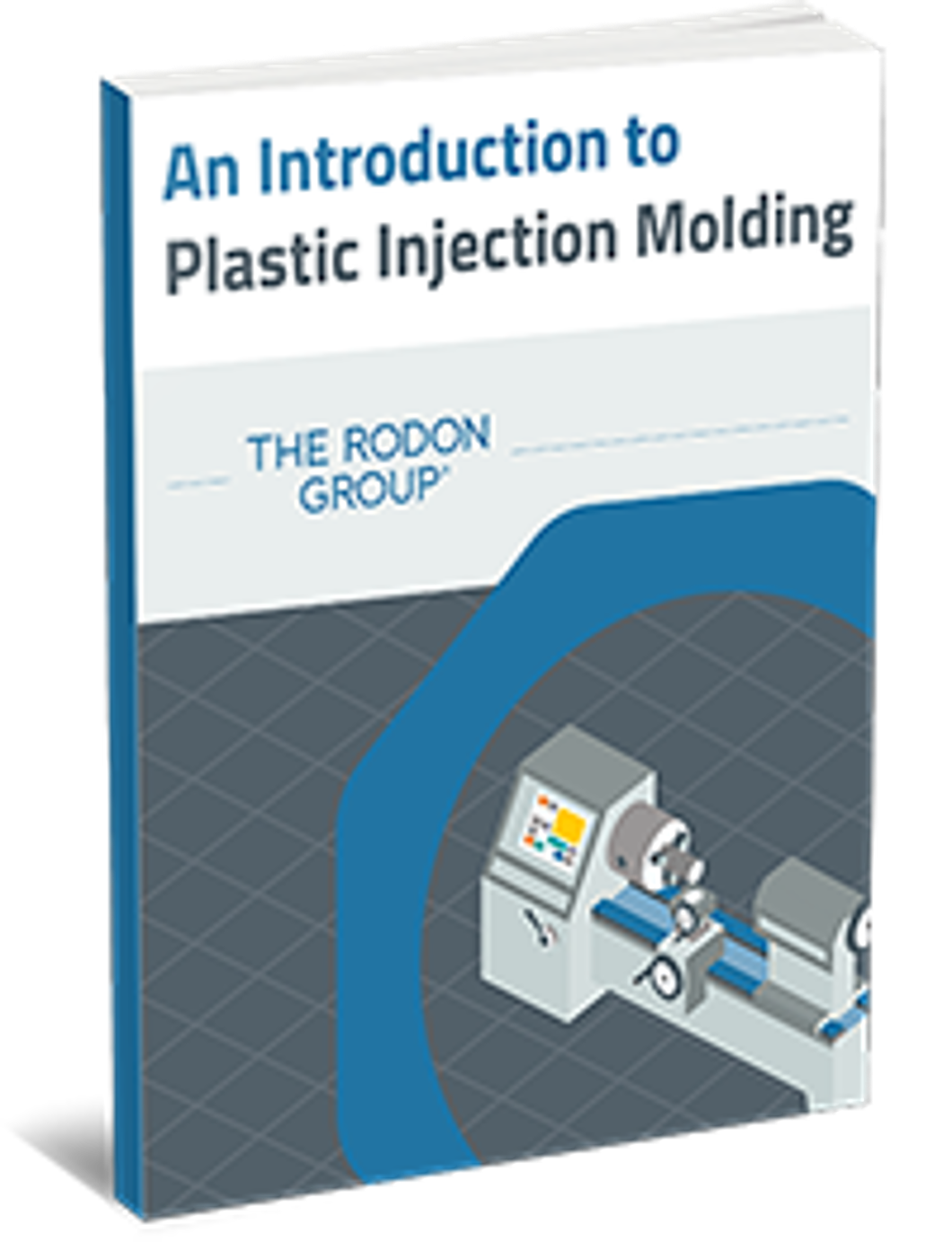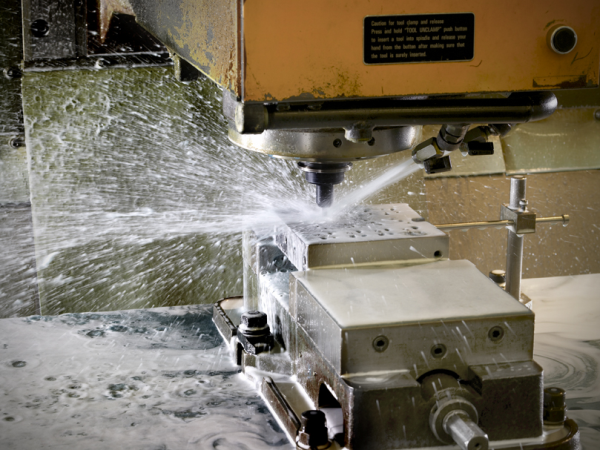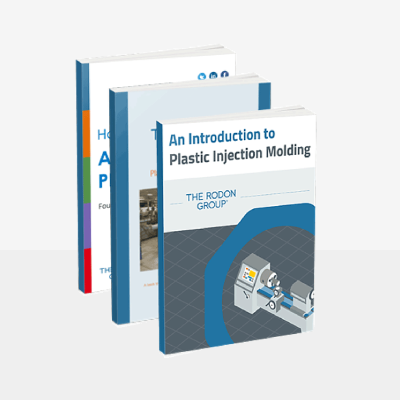One of the most common questions for those looking to source a plastic injection molder is “How much will a plastic injection mold cost?” It’s one of the most important questions since the actual mold represents the most significant expense in upfront production costs. That being said, many factors go into determining the full cost. With any custom injection molding project, your injection molder should be able to give you the final price tag. In this article, we will review the variables that can impact the cost so that you can be better informed when making a mold purchasing decision.
In The Rodon Group's new eBook, "The ROI of a Full Service Manufacturer," we take a deep dive into how full-service custom manufacturing can help you save time, money, and hassle. This free download offers a detailed look at the many benefits of working with an experienced full-service team.
Manufacturing plastic injection molded components in-house as part of a customer’s end product can prove to be a significant challenge from an efficiency, quality, and cost perspective. Many companies have seen the relative ease with outsourcing and have decided to incorporate that process into their business model. Over the years, Rodon has garnered many of our largest customers who were doing their best to manufacture their injection molded components in-house, but found the process too problematic and inefficient.
Both injection molding and 3D printing are additive manufacturing processes that create highly complex parts using near-identical product runs. Manufacturers can choose from a broad selection of plastics and thermoplastic materials to perform either process, but there are a few applications where injection molding or 3D printing is preferred. If you're choosing which technique to use for your organization, consider the following side-by-side comparison.
Developed with designers, engineers, and purchasing specialists in mind, our completely revised and expanded eBook, An Introduction to Plastic Injection Molding provides a thorough understanding of plastic injection molding processes, presses, and costs. Our goal is to help our customers and followers become more knowledgeable about what goes into making a plastic part.
Injection molding is the most common plastic molding process and is used to create a wide variety of complex parts of different size and shape. Whether it’s an overcap for a water bottle or a vinyl window part being manufactured, injection molding is efficient and economical, especially if high volumes of parts are being produced.
A common question for designers and engineers is “How much will a plastic injection mold cost?” It makes sense. Injection molds represent the greatest expense in upfront production costs. And, there are many factors that go into determining the cost. With any custom injection molding project, your injection molder will be able to give you the final price tag.
In this article, we will review the variables that can impact the cost so that you can be better informed in making a mold purchasing decision.







